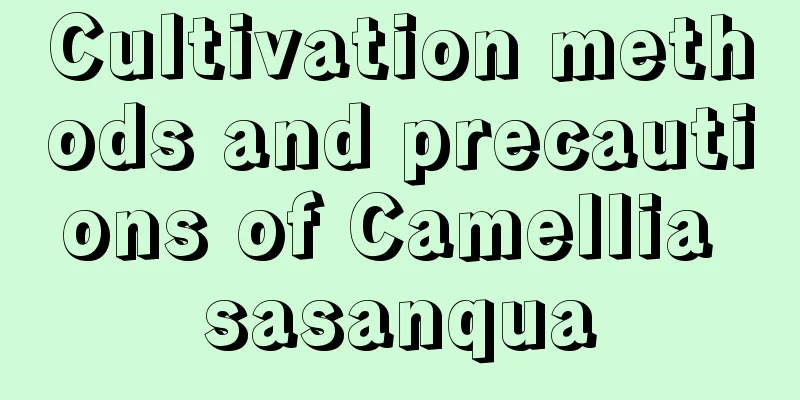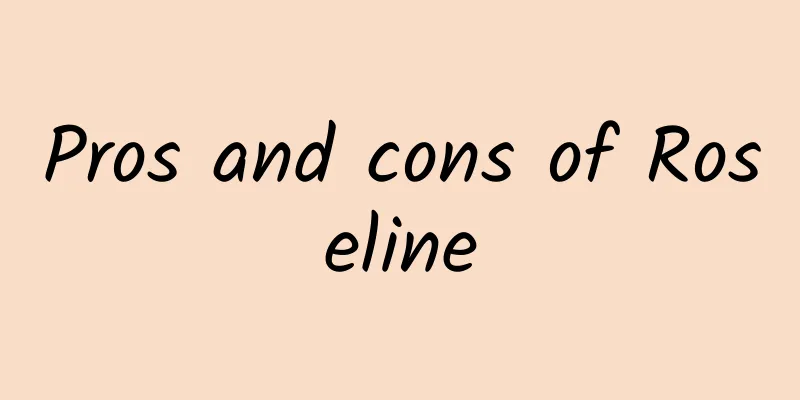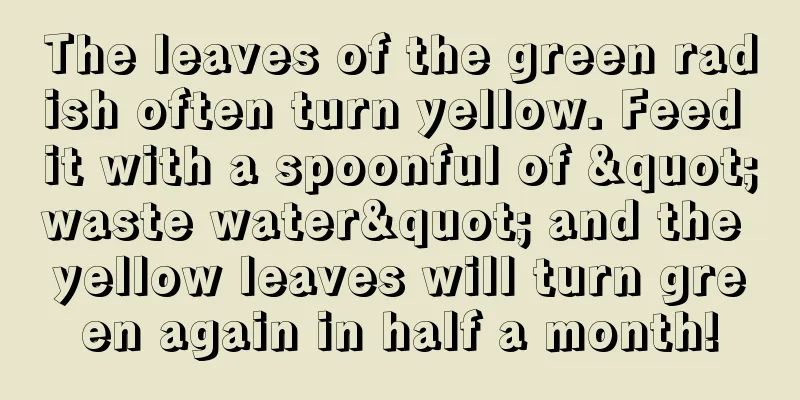Cultivation methods and precautions of Camellia sasanqua

Farming methodsilluminationCamellia sasanqua prefers shade by nature, so it grows best in a semi-shade and semi-sun environment. Strong summer sunlight may burn its leaves and buds, causing them to curl and fall off, but proper light is needed to encourage the flowers to bloom and bloom profusely. soilCamellia sasanqua is suitable for growing in loose, fertile, well-drained acidic sandy soil. Alkaline soil and clay are not suitable for growing Camellia sasanqua. The best soil is humus-rich, moist, slightly acidic soil with a pH value of 5.5-6. temperatureCamellia sasanqua is cold-resistant, but if planted in pots, the temperature should generally not be lower than -2℃. The most suitable growth temperature is 18℃-25℃. WateringWatering must be thorough. In summer, water once in the morning and evening every day, and in winter, water once every few days. Except in winter, you should also spray water on the leaves every few days to keep the leaves clean. FertilizationIt is suitable to apply light fertilizer to Camellia sasanqua, especially in the seedling stage. Generally, human urine can be applied once or twice in February and March to promote the growth of branches and leaves; cake fertilizer water can be applied once in April and May to promote the differentiation of flower buds; phosphorus fertilizer can be applied once in September and October to promote good flowering and also help it survive the winter. Matters Needing Attention in Planting Camellia SasanquaShade in midsummerIn midsummer, the camellia sasanqua needs to be shaded and avoided from strong sunlight at noon. It can be exposed to more sunlight in the morning and evening, which is beneficial to the differentiation and development of flower buds. Stay warm in winterIn winter, the camellia sasanqua should be moved indoors for the winter, and can be kept under a shade in other seasons. The room temperature should not exceed 7℃ in winter, and is best between 3℃ and 6℃. The potting soil should be suitableFor potted camellia, it is best to choose a loose, fertile, well-drained, slightly acidic culture soil. In the north, it is suitable to use culture soil made mainly of leaf mold or peat soil. |
Recommend
Can aloe vera be repotted in summer? How to transplant it so that it survives easily?
Can aloe vera be repotted in summer? Aloe vera ca...
Where is the best place to plant oil peony?
Introduction to Oil Peony The oil peony belongs t...
When is the best time to plant chives?
Leek is a very common vegetable variety. In fact,...
The sand on the construction site can be used to grow succulents
1. Can succulents be grown in the sand on the con...
How long is the growing cycle of sorghum?
Introduction to Sorghum Growth The production are...
Cultivation methods of mirror grass (hydroponics and soil cultivation)
1. Hydroponics 1. Light: Generally, it is convert...
What is the best season to plant grapes?
When planting grapes, you should choose a more su...
Red pepper cultivation methods and precautions
1. Maintenance methods 1. Temperature: The mainte...
What are the benefits of keeping Silver Queen at home
Decorate your home and beautify your environment ...
How to prune leaves of Clivia? Pruning time and method
Clivia pruning time Clivia grows relatively slowl...
Jinyumantang prefers shade or sun
Jinyumantang prefers shade or sun Jin Yumantang i...
When to repot gardenia
1. Time In fact, to be precise, it is February in...
Where do vegetable seeds come from?
How to get vegetable seeds The seeds of green veg...
Which month is best for planting strawberries?
Strawberries have always been a noble fruit and t...
What is the best fertilizer for periwinkle?
Fertilization time for Catharanthus roseus 1. Dur...









